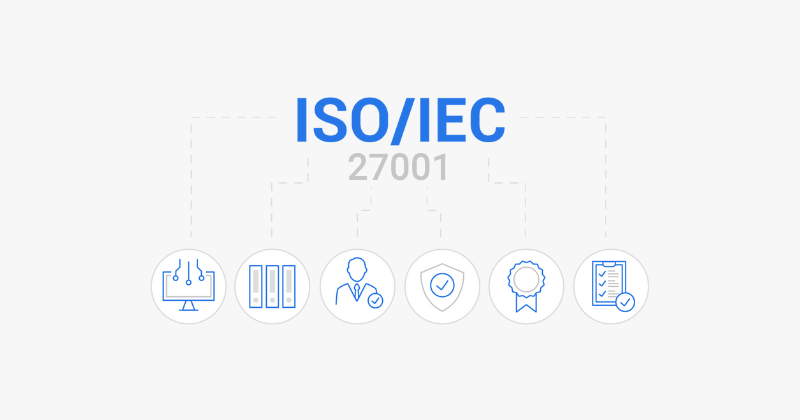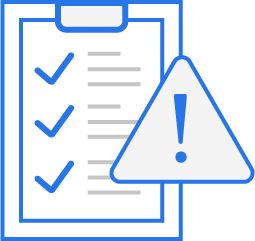In a world where cyberattacks are becoming increasingly sophisticated and frequent, organizations need more than just the typical, reactive security measures. A shift towards proactive strategies is critical. Two powerful approaches that, when combined, offer a robust defense against the ever-evolving threat landscape are Cyber Threat Intelligence (CTI) and Red Teaming.
Traditional security measures are often reactive, responding to known threats with predefined signatures and rules. However, advanced adversaries continuously evolve their tactics, techniques, and procedures (TTPs), rendering static defenses ineffective. To proactively defend against these threats, organizations are increasingly turning to a synergistic approach that combines the power of Cyber Threat Intelligence (CTI) and Red Teaming. In particular, Compliance Labs helps organizations in regulated industries shore up their security defenses.
The Power of Cyber Threat Intelligence (CTI): Context and Foresight
To begin, Cyber Threat Intelligence (CTI) involves gathering, analyzing, and disseminating information about existing or emerging threats. In addition, it focuses on threat actors that pose a risk to an organization. It transforms raw data into actionable insights, thus providing context and foresight for security decision-making.
For example, the 2024 Cost of a Data Breach Report by IBM indicated that the average cost of a data breach is $4.88 million. Therefore, this reinforces the financial imperative for effective CTI. A robust CTI program enables organizations to:
- Understand the Threat Landscape: Identify relevant threat actors, malware families, attack vectors, and vulnerabilities targeting their industry. Also, consider their geographic region or the technologies they employ. This understanding extends beyond basic vulnerability scanning, delving into the motivations and capabilities of potential attackers.
- Prioritize Risks: CTI helps prioritize security efforts by identifying the most critical threats based on their likelihood and potential impact. This risk-based approach ensures that resources are allocated to address the most pressing concerns.
- Improve Detection: CTI informs the development of custom detection rules and signatures tailored to known adversary behavior. This allows for earlier and more accurate detection of malicious activity, even when it utilizes novel or obfuscated techniques.
- Inform Security Strategy: Make data-driven decisions about security investments, resource allocation, and policy development. CTI provides evidence-based insights into emerging threats, helping organizations allocate resources effectively.
- Enhance Incident Response: CTI provides valuable context during incident response, enabling security teams to quickly understand the nature of the attack, identify the responsible threat actor, and take appropriate remediation steps.
- Proactive Threat Hunting: CTI data and insights enable security teams to proactively hunt for threats within their environment before they cause harm.
For example, imagine a financial institution that uncovers CTI indicating a new campaign by a state-sponsored APT group targeting SWIFT networks. This knowledge allows the institution to proactively harden its SWIFT infrastructure, implement enhanced monitoring, and train incident response teams, significantly reducing the risk of a successful breach.
Red Teaming: Simulating the Adversary to Expose Weaknesses
Red Teaming is a structured, simulated attack exercise designed to evaluate an organization’s security posture from an adversary’s perspective. Unlike vulnerability scanning or penetration testing, which focus on identifying technical weaknesses, Red Teaming assesses the effectiveness of security controls, processes, and personnel in detecting, preventing, and responding to real-world attack scenarios.
The SANS Institute’s State of Security Team Operations Survey indicated that only 51% of organizations regularly conduct Red Team exercises, suggesting a significant opportunity for improvement. A robust Red Team engagement is informed by CTI, using the intelligence gathered to:
- Emulate Realistic Attack Scenarios: Develop tailored attack simulations based on known adversary TTPs, infrastructure, and targeting preferences.
- Identify Security Gaps: Uncover weaknesses in security controls, security architecture, processes, and incident response capabilities.
- Validate Defenses: Evaluate the effectiveness of existing security measures in detecting, preventing, and responding to attacks.
- Improve Incident Response: Provide realistic training for incident response teams, enabling them to hone their skills in detecting, analyzing, and responding to sophisticated attacks.
- Test Detection and Response in Operational Environments: Conduct simulations in live environments to test security protocols under real-world conditions.
For example, after receiving CTI about increased attacks from a specific threat actor, a well-planned Red Team exercise can emulate that attacker’s tools and procedures, revealing security vulnerabilities and areas that require improvement.
The CTI and Red Teaming Synergistic Effect: A Virtuous Cycle
The synergy between CTI and Red Teaming is the key to creating a robust and adaptive security posture. This integrated approach establishes a virtuous cycle of continuous improvement, where threat intelligence informs Red Team activities, and the results of those activities refine the CTI process.
How They Complement Each Other:
- CTI informs Red Teaming: CTI provides intelligence to develop realistic attack simulations. Red Teams use this data to mimic the TTPs of specific threat actors, increasing the effectiveness of exercises.
- Red Teaming validates and improves CTI: Insights from Red Team engagements enrich threat models, refine detection rules, and prioritize risks.
Actionable Strategies for a Proactive Security Posture
To effectively integrate CTI and Red Teaming, organizations should:
- Develop a Formal CTI Program: Establish a dedicated CTI team or partner with a Managed Security Service Provider (MSSP).
- Conduct Regular Red Team Exercises: Perform at least annual Red Team exercises incorporating CTI-based attack simulations.
- Integrate CTI and Red Teaming: Foster collaboration between CTI and Red Team teams.
- Prioritize Vulnerability Remediation: Implement a risk-based vulnerability management program focusing on actively exploited threats.
- Foster a Security-First Culture: Promote security awareness and make security a shared responsibility across the organization.
- Seek Expert Guidance: Partner with cybersecurity experts like Compliance Labs to enhance internal security capabilities.
The Future is Proactive: Embracing CTI and Red Teaming
The combined power of CTI and Red Teaming creates a continuous security improvement cycle. By understanding adversaries, testing defenses, and fostering a security-aware culture, organizations can stay ahead of sophisticated threat actors.
To learn how Compliance Labs can help your organization leverage these strategies, contact us today and build a resilient security posture ready for today’s and tomorrow’s threats.






